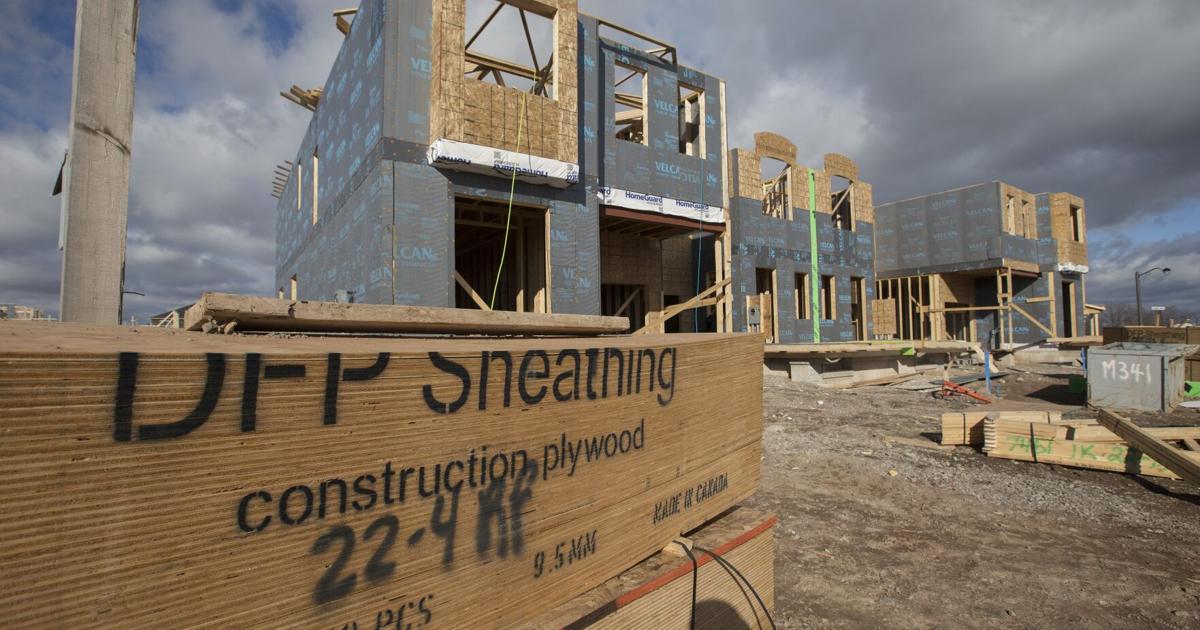Copyright thestar

On Sept. 14, I attended the launch of the federal government’s new Build Canada Homes (BCH) program in Ottawa. The $13-billion program, announced by Prime Minister Mark Carney and Minister of Housing and Infrastructure Gregor Robertson, is being positioned as a flagship solution to Canada’s mounting housing crisis. Let me be clear: this is an important component in solving the crisis in Canada’s housing market. While many details are still emerging, some key features of BCH have come into focus. The program is expected to partner with industry, municipalities, and non-profit organizations to deliver affordable housing quickly and at scale. It includes flexible financial incentives, supports the approval of large portfolio projects, and aims to leverage public lands to reduce project risk and accelerate timelines. An important element of BCH’s design is its focus on nonmarket housing, which aligns with long-standing advocacy from BILD and the Large Urban Centre Alliance for deeper government involvement in housing for those most in need. By helping to de-risk projects and accelerate development, BCH intends to create a more enabling environment for both public and private sector builders — an essential move if we are to make meaningful progress on supply. BCH alone, however, will not solve the crisis or achieve the government’s vision of accelerating housing starts to 500,000 homes a year. Not in the Greater Toronto Area (GTA), and not across Canada. Today, national housing starts sit in the mid-200,000s and are expected to fall over the near term (2026-2028) due to the financial headwinds facing the industry. A recent report from RBC finds that Canada will need $2 trillion in capital over the next five years to meet its housing ambitions — a fivefold increase from current levels. So while the $13 billion BCH investment is welcome, and will have a multiplier effect through its partnership model, the pathway to 500,000 homes built annually lies with empowering the private sector and supporting new home buyers to achieve affordability. As we approach the 2025 federal budget on Nov. 4, BILD and the Large Urban Centre Alliance have been advocating that Ottawa adopt the following four measures. These are not counter to the laudable BCH initiative but complementary in the goal to rapidly grow housing starts and promote affordability. Expand the GST/HST rebate: Provide a temporary three-year expansion to the rebate of 100 per cent of the GST/HST on new home sales and homes substantially renovated up to $1 million, and a partial rebate for homes between $1 million and $1.5 million, while maintaining all other criteria for the program. This will lower the price of homes (some 25-28 per cent of the cost of a new home in the GTA is fees and taxes), shore up consumer confidence and spark stalled sales. Protect consumers from unnecessary costs: Adopt transparent billing where municipal development fees would be charged directly to buyers rather than embedded into builders’ costs which would prevent double taxation from occurring. Currently, these fees are built into the new home price so not only does the municipal tax then attract GST, it also attracts PST, Land Transfer Tax and Municipal Land Transfer tax — a tax-on-a-tax that adds more than $20,000 in costs to the average new home. Reform the foreign buyer ban: Adjust the policy to an Australian-style model that unlocks capital while continuing to protect affordability for Canadian buyers. At the same time, extend the GST/HST exemption to rental projects currently under construction. Australia permits foreign buyers to participate in the pre-construction market in a way that provides capital but would ensure that once built the unit is either sold, owner-occupied or rented. Boost the CMHC Apartment Construction Loan Program (ACLP): Ensure the ACLP is sufficiently capitalized to meet rising demand and support for the development of much-needed rental supply. This would provide the necessary loan capital to support the significant investment needed to increase rental apartment supply. Canada’s housing crisis did not appear overnight, and it will not be solved by one program. BCH is an excellent start, but it is only one part of the solution. Without bold, sustained, and multi-faceted investment in housing from all levels of government, Canada’s housing crisis will deepen, affordability will worsen, thousands of jobs will be lost and home ownership will continue to slip further out of reach for millions. The 2025 federal budget is an opportunity to change that trajectory. New home buyers and those working in the industry are trusting the government to meet the moment and take bold action to avert a deepening crisis in the new home sector.



